Takahē (Porphyrio hochstetteri)
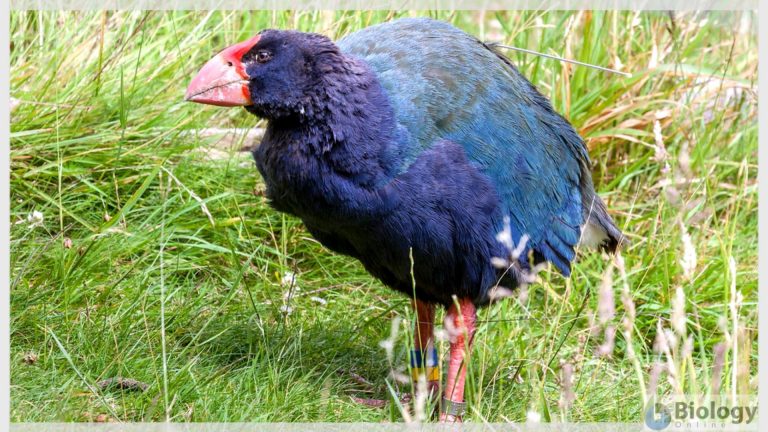
Photo of takahe taken on January 5, 2012. Credit: russellstreet, CC BY-SA 2.0
Table of Contents
Previously, we’ve seen the different animals endemic to New Zealand. Due to the country’s biogeography and remote location, its native animals evolved features that made them unique and endemic.
Various species of birds and insects have long been dominating the islands. And with only a few predators around, many bird species eventually became flightless and ground-dwellers. One such example is takahē.
Three species of Takahē in New Zealand have been recognized:
- Porphyrio hochstetteri (also called the South Island takahē or notorni)
- Porphyrio mantelli (also called the North Island takahē or moho)
- Porphyrio porphyrio melanotus (also called Australasian swamphen or pūkeko)
South Island takahē is the takahē group that is endemic to New Zealand. P. mantelli is declared as extinct (Ref. 1) and P. porphyrio melanotus are found not just in New Zealand but also in Australia, Indonesia, and Papua New Guinea. (Ref. 2) Thus, this lesson will focus on P. hochstetteri.
Physical Features & Adaptation
South Island takahē are the largest living rails in the world. (Ref. 1) The name is derived from Māori “takahea“, which means “to stand up tall and stamp one’s feet on the ground”. (Ref. 2)
These birds are very colorful. The plumage from the head to the breast is deep blue to peacock-blue. The wings and back are olive-green and blue. (Ref.3) Their large, short, powerful legs are red. And they also have a large, strong red beak that can deliver a painful bite when they are threatened. Their beak is adapted for feeding on snow tussocks (alpine grass species). It can cut and strip the tough blades of the tussock grass. (Ref.4)
On average, the body length is 63 cm. Males are slightly larger and heavier than females. Males have an average mass of 2.7 kg. Females have an average mass of 2.3 kg. (Ref.3)
Courtship, Reproduction, and Lifespan
Takahē birds are monogamous. They select their mates through courtship rituals, for example by duetting and neck-pecking. (Ref.3) The breeding season occurs once a year. That is after the New Zealand winter (sometime in October). They build a bowl-shaped nest of fine grass where females lay about one to three eggs. (Ref. 5) Male and female parents take turns in incubating the eggs. The mother takahē incubates the eggs more during the day whereas the father takahē incubates more at night. The egg hatches after 30 days. On average, only one chick survives to adulthood and may live up to 20 years. (Ref.3)

Behavior, Diet, and Ecological Niche
Their diet is primarily plant-based. Before the snow, they are usually found in grasslands to feed on alpine grass species. Then in winter, they descend to the forested areas to feed on fern rhizomes. When the snow melts, they return to the grasslands. (Ref. 4) They also take on insects, such as beetles, wētā, and moths, to feed to their chicks. Takahē are highly territorial, especially to their breeding habitats. Their natural predators are the kārearea (New Zealand falcon). (Ref.6)
Habitat
The original habitats were the bushy edges of lowland swamps and rivers. Today, wild takahē populations live in alpine grasslands away from humans and introduced predators. (Ref. 6) And because of conservation efforts, some of them are being kept and monitored in offshore islands, mainland sanctuaries, and wildlife centers.
Takahē Population and Conservation
In 1898, takahē were declared extinct but fifty years later, it was rediscovered by Dr. Geoffrey Orbell and his team. The search for the species began when footprints of an unknown bird were found near Lake Te Anau in Murchison Mountains. (Ref. 5) The expedition team succeeded in finding the species in 1948. From then on, conservation efforts focused on saving the species from the brink of extinction.
What caused the decline of the takahē population? There are many possible reasons. It could be due to abiotic factors. The post-glacial era caused them to lose their habitats. (Ref. 5) Grasslands and scrublands were replaced by forests during the Late Pleistocene and Holocene periods. When some of their habitats were lost, their numbers decreased significantly. (Ref. 7) Also, they aren’t very well suited to severe weather, like severely cold winters and avalanches. (Ref. 7)
Certain biotic factors might have also made an adverse impact on their population. Polynesian immigrants hunted them for food. Overhunting might have contributed to their decline. The animals brought by human settlers might have also served as a crucial factor. Introduced species like kiore (Pacific rat) and kurī (dog) became their predators. Then, when Europeans settled in, they brought in red deer. These animals fed on tussock grass and consequently reduced the amount available for the takahē. (Ref. 5, 7) In 1884, stoats were released to serve as biocontrols of rabbits and hares in the Canterbury region. Unfortunately, the stoats also hunted for takahē. (Ref. 7)
These biotic factors could have compounded the already existing abiotic factors pressuring the takahē population. To prevent another population decline, conservation efforts have been made. New Zealand’s Takahē Recovery Programme is a massive conservation strategy that entails intensively managed breeding programs, genetic management, research, monitoring, wild releases and island translocations, and stoat and deer control. (Ref. 8)
One of the major challenges is the small gene pool of the remaining birds. The population of takahē is so small that it could likely lead to inbreeding depression. To mitigate these adverse effects, their genes are analyzed to select captive breeding stock to preserve the maximum genetic diversity. (Ref. 5)
Through these measures, the takahē population continues to rise. From the status of being extinct to nationally vulnerable, the conservation efforts made on the takahē population have gone a long way. As such, takahē became a conservation icon, representing one of New Zealand’s conservation success stories.
We are now familiar with some of New Zealand’s endemic animals, like the takahe, let’s get to know some of the endemic plants of the country in the next lesson.
References:
1. Takahē – a context for learning. (2018). Science Learning Hub. https://www.sciencelearn.org.nz/resources/2711-takahe-a-context-for-learning
2. The takahē’s evolutionary history. (2019). Science Learning Hub. https://www.sciencelearn.org.nz/resources/2703-the-takahe-s-evolutionary-history
3. Porphyrio hochstetteri (southern takahe). (2020). Animal Diversity Web. https://animaldiversity.org/accounts/Porphyrio_hochstetteri/
4. Takahē – an introduction. (2018). Science Learning Hub. https://www.sciencelearn.org.nz/resources/2710-takahe-an-introduction
5. Wikipedia Contributors. (2020, August 15). South Island takahē. Wikipedia; Wikimedia Foundation. https://en.wikipedia.org/wiki/South_Island_takah%C4%93
6. The takahē’s ecological niche. (2018). Science Learning Hub. https://www.sciencelearn.org.nz/resources/2702-the-takahe-s-ecological-niche
7. Threats to takahē. (2019). Science Learning Hub. https://www.sciencelearn.org.nz/resources/2705-threats-to-takahe
8. Where have all the takahē gone? Science Learning Hub. https://static.sciencelearn.org.nz/documents/files/000/000/733/original/Student_introduction_to_task_Where_have_all_the_takah%C4%93_gone.pdf?1549255358
You will also like...
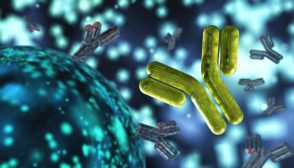
Passive and Active Types of Immunity
Lymphocytes are a type of white blood cell capable of producing a specific immune response to unique antigens. In thi..
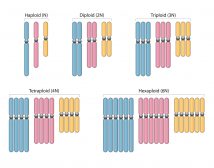
Polyploidy
Humans are diploid creatures. This means that for every chromosome in the body, there is another one to match it. Howeve..
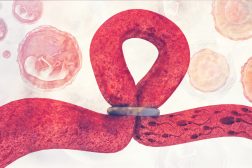
Birth Control and Contraception
Different pregnancy and birth control and contraception strategies are described. Read this tutorial to learn each of th..

Arthropods
The arthropods were assumed to be the first taxon of species to possess jointed limbs and exoskeleton, exhibit more adva..
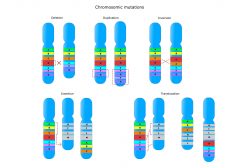
Chromosome Mutations
Mutations can also influence the phenotype of an organism. This tutorial looks at the effects of chromosomal mutations, ..

Cell Structure
A typical eukaryotic cell is comprised of cytoplasm with different organelles, such as nucleus, endoplasmic reticulum, G..
